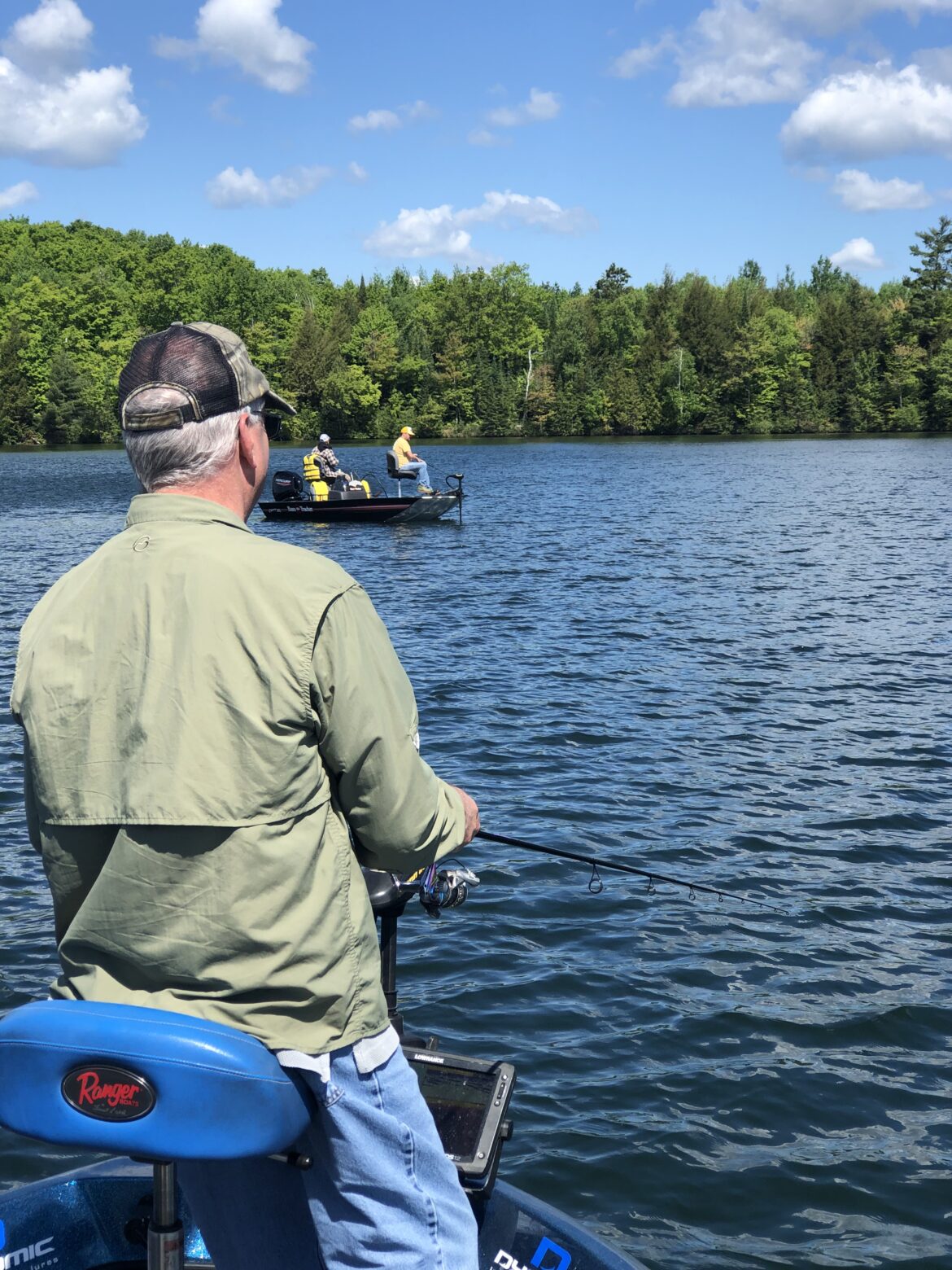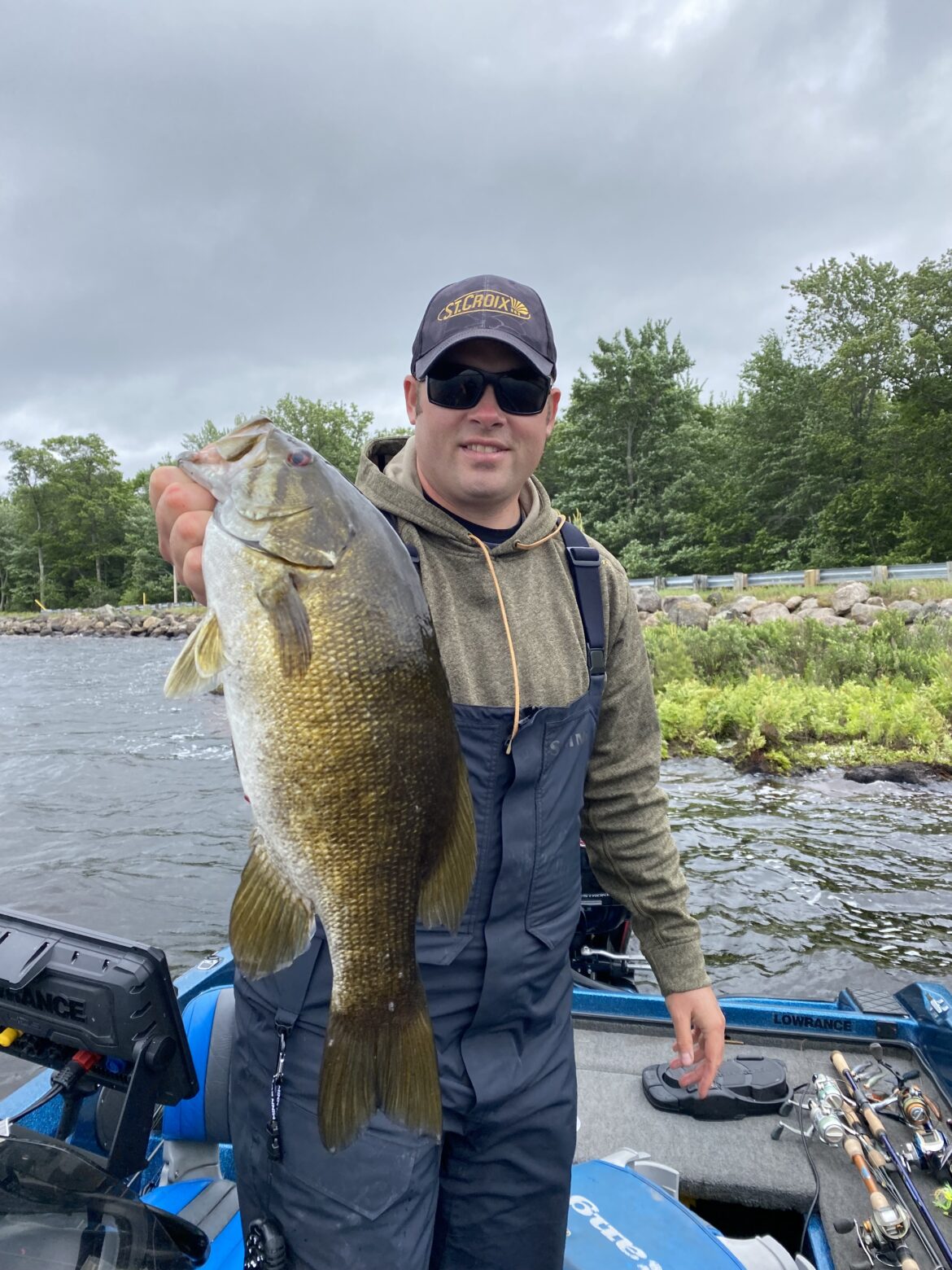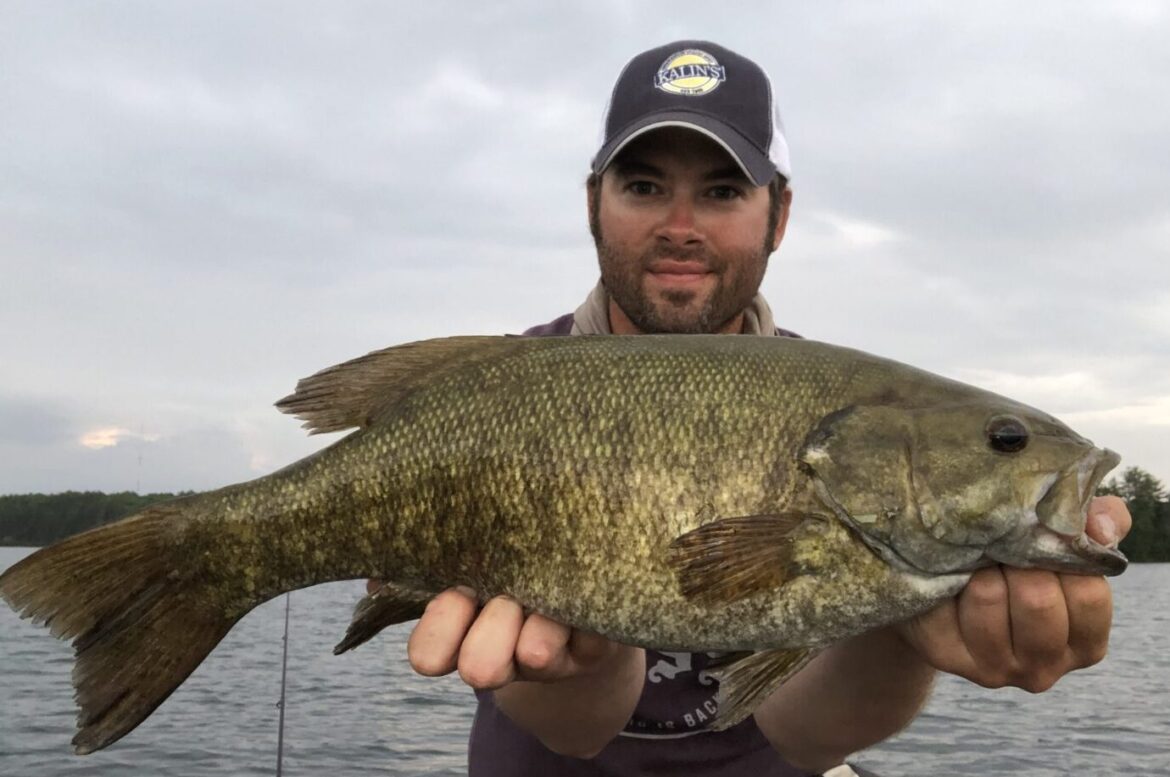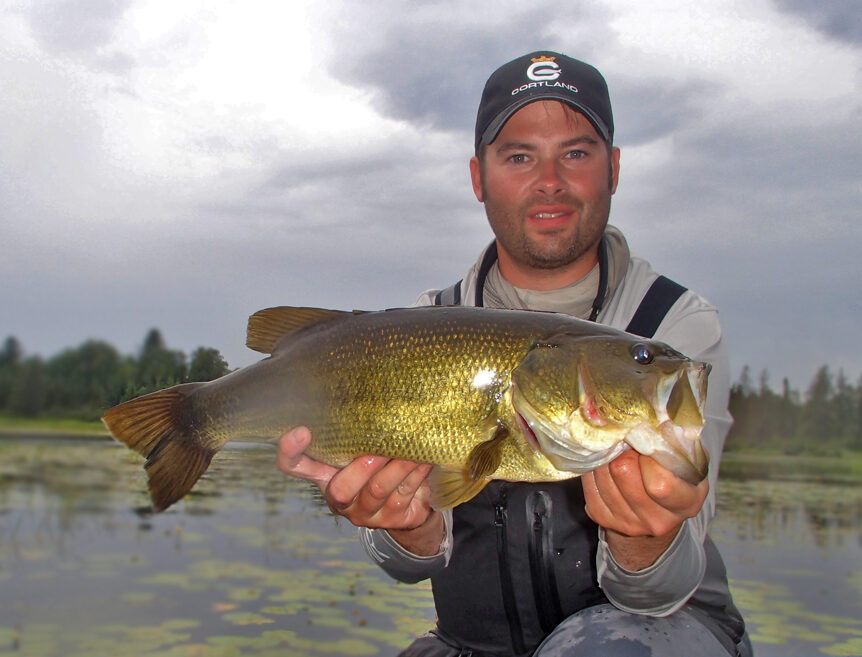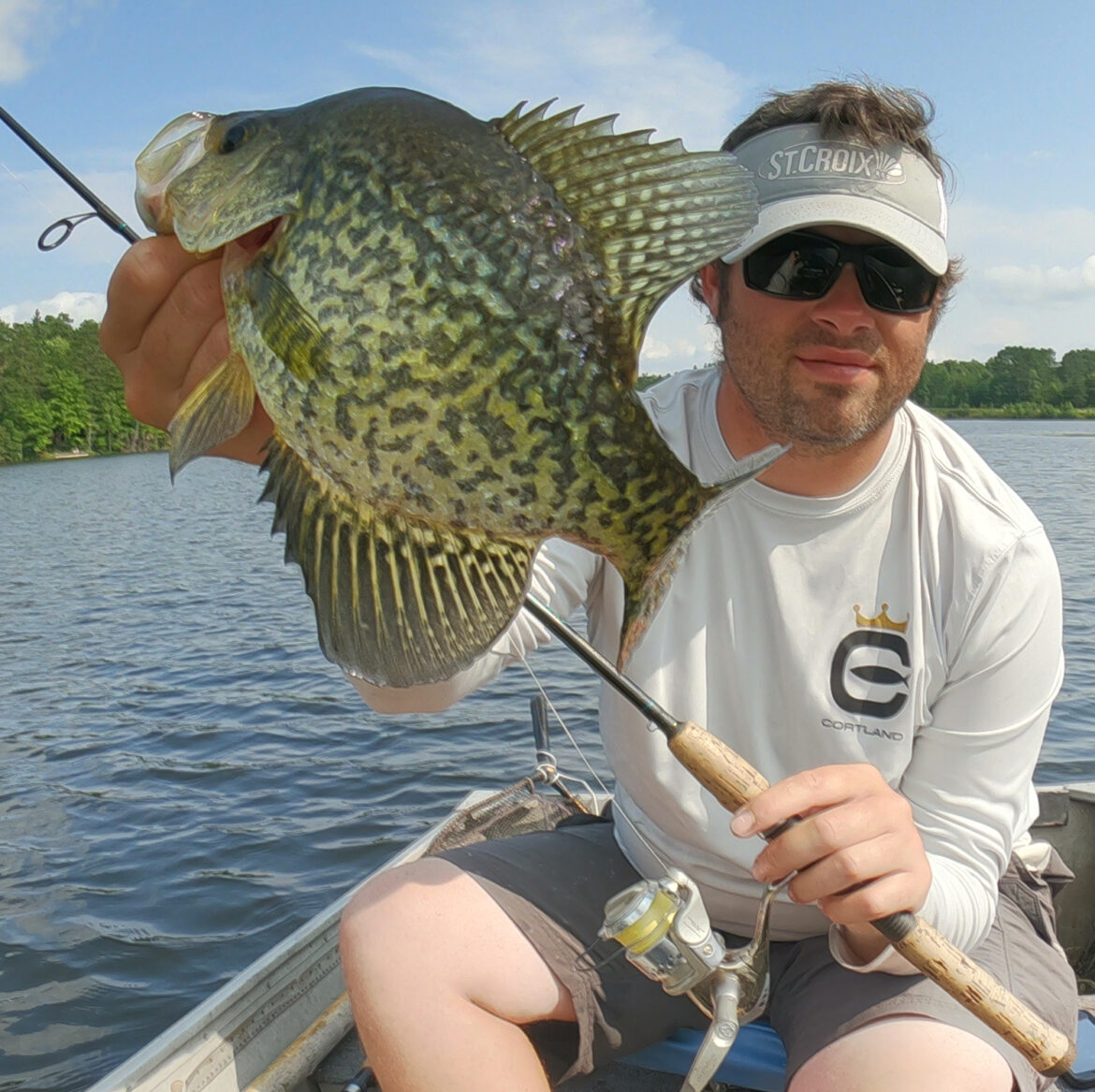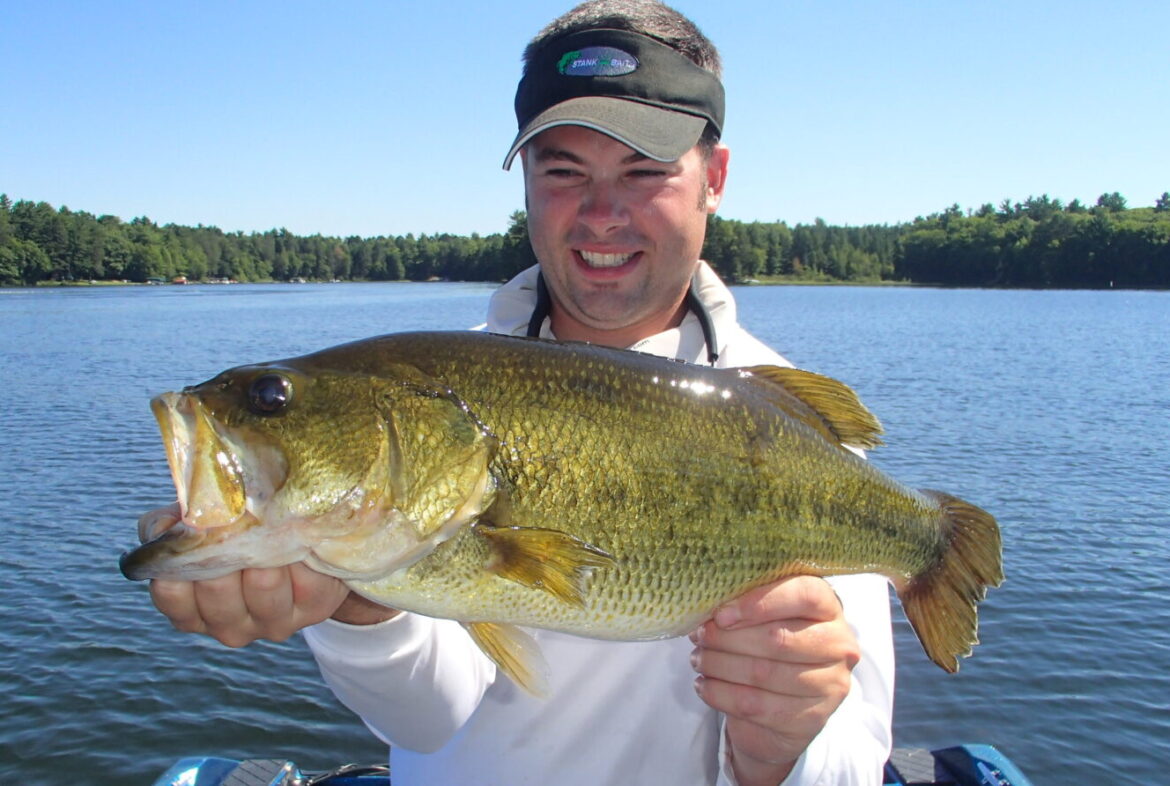Opportunistic predators with voracious appetites, largemouth bass will eat whatever living creatures swim and slither atop matted weeds or across the lake’s surface. With our lakes gaining in weed cover and plant life, this spells success for anglers pursuing largemouths with reptile and amphibian baits.
It wanders erratically under a multitude of retrieve speeds and cadences. Its polycarbonate or circuit board lips are able to withstand the frequent punctures from digging into the hard, impenetrable lake bottom. Hook points may impressively dull in the process. Colliding into wood, rock, and boulder, its frivolous wobbling and vibration aided by noisy
Slop. Junkweed. Floating weed mats. Pad fields. Several northern largemouth waters contain these plant life overgrowths. As the summer months proceed on, plant species sprout and flourish, fed by daily sunshine and nutrients seeping into the system. Through photosynthesis, they continue to grow as summer progresses.
All throughout the Midwest, crappie anglers are superstars when fish are shallow, vulnerable, and abundant in spring. For a few weeks, everyone is catching them it seems, and it’ll be the only time of year they get targeted by the majority. But come summer, the game changes. The waters warm and shallows get vacated,


